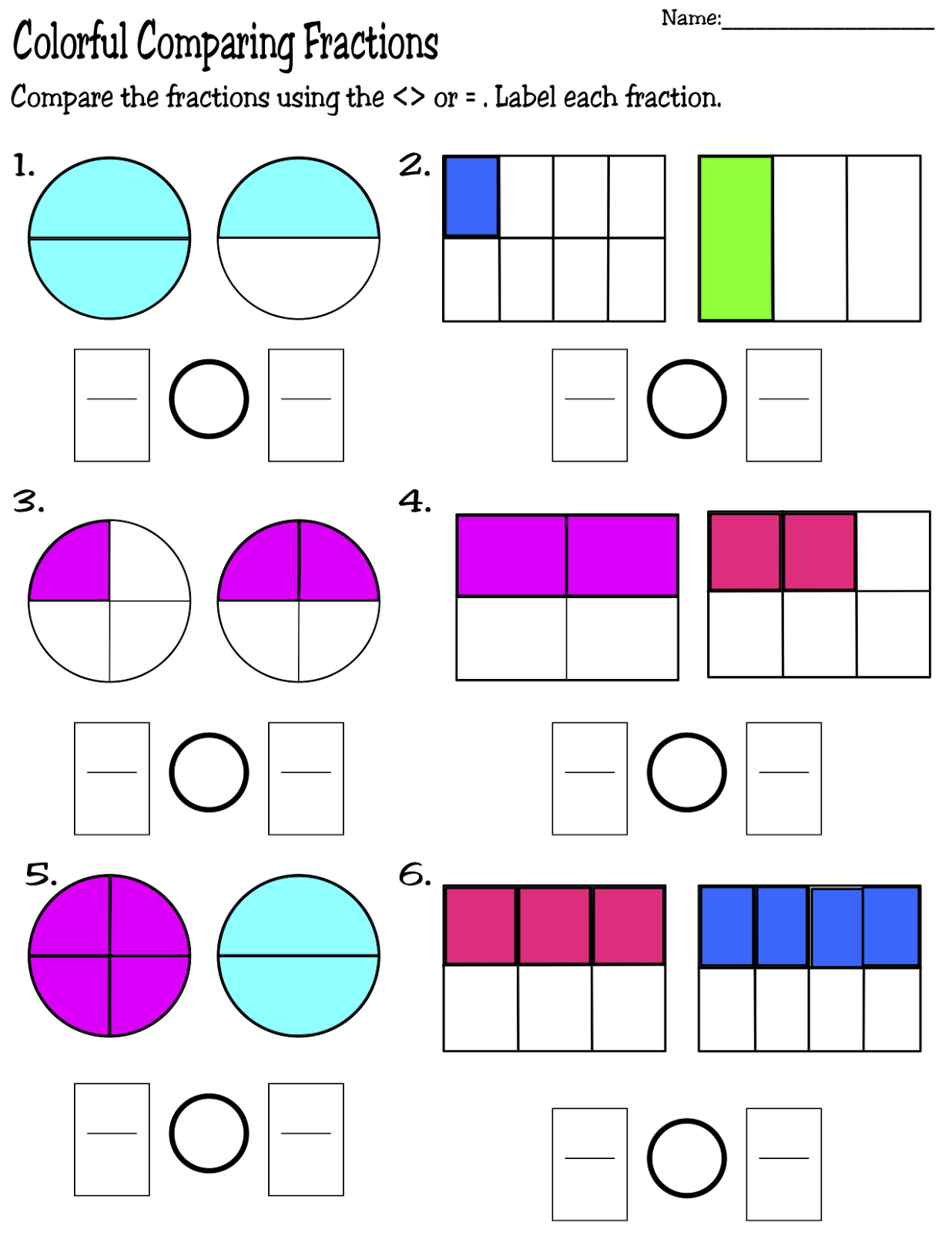Fraction Fun: Adding and Subtracting Fractions for Kids
Imagine a pizza cut into equal slices. You eat one slice, and your friend eats two. How much pizza did you both eat together? That's where the magic of fractions comes in! Fractions are parts of a whole, and learning how to add and subtract them opens up a whole new world of mathematical understanding for kids.
Let's face it, fractions can sometimes seem intimidating to kids. They involve multiple numbers and sometimes require finding common denominators, which can feel like a puzzle. But understanding fractions is a fundamental math skill essential for everything from baking to building and even managing finances later in life.
While the exact origin of fractions is complex and intertwined with the development of mathematics itself, evidence suggests ancient civilizations like the Egyptians and Babylonians used fraction-like representations for practical tasks like dividing land or resources. Today, fraction calculations remain a cornerstone of elementary and middle school math curriculum.
One of the main issues kids face with fraction addition and subtraction is the concept of common denominators. Unlike whole numbers, fractions represent parts of a whole, and to add or subtract them, those wholes need to be divided into the same number of parts (the denominator). This requires finding the least common multiple, which can be a stumbling block for some learners.
Let's break down some basic fraction vocabulary. A fraction has two main parts: the numerator (the top number) and the denominator (the bottom number). The numerator tells you how many parts you have, while the denominator tells you how many parts the whole is divided into. For example, in the fraction 3/4, 3 is the numerator, and 4 is the denominator. This fraction means you have 3 out of 4 equal parts.
A simple example of fraction addition is 1/4 + 1/4 = 2/4 (or simplified to 1/2). Because the denominators are the same, we simply add the numerators. When subtracting fractions with the same denominator, we subtract the numerators: 3/5 – 1/5 = 2/5.
Learning to compute with fractions offers many benefits. Firstly, it enhances problem-solving skills. Figuring out how to manipulate fractions requires logical thinking and applying specific rules. Secondly, it lays a solid foundation for future math concepts like algebra and calculus. Thirdly, fraction skills have practical applications in everyday life, like adjusting recipes, measuring ingredients, or understanding discounts and sales.
Here's a step-by-step guide for adding or subtracting fractions: 1. Check if the denominators are the same. 2. If they are, add or subtract the numerators, keeping the denominator the same. 3. If the denominators are different, find the least common multiple (LCM) of the denominators to create a common denominator. 4. Rewrite each fraction with the common denominator. 5. Add or subtract the numerators, keeping the new denominator the same. 6. Simplify the resulting fraction if possible.
Recommended Resources: Khan Academy, IXL Math, Math Playground
Advantages and Disadvantages of Learning Fractions
| Advantages | Disadvantages |
|---|---|
| Essential for higher-level math | Can be initially challenging to grasp |
| Practical applications in daily life | Requires memorization of rules and procedures |
| Enhances problem-solving abilities | Abstract nature can be difficult for some learners |
Five Best Practices: 1. Use visual aids like fraction circles or bars. 2. Start with concrete examples, like dividing food. 3. Relate fractions to real-world scenarios. 4. Provide ample practice and repetition. 5. Offer positive reinforcement and encouragement.
Real-World Examples: 1. Baking (measuring ingredients). 2. Sharing food (dividing a pizza). 3. Time (fractions of an hour). 4. Measurement (fractions of inches or feet). 5. Sales (understanding discounts).
Challenges and Solutions: 1. Difficulty finding common denominators (Solution: Practice finding LCM). 2. Confusion with mixed numbers (Solution: Break down into whole numbers and fractions). 3. Simplifying fractions (Solution: Practice dividing by common factors). 4. Applying fraction concepts to word problems (Solution: Draw diagrams and visualize the problem). 5. Negative attitudes towards fractions (Solution: Make learning fun and engaging).
FAQs: 1. What is a fraction? (A part of a whole). 2. How do I add fractions with different denominators? (Find the least common multiple). 3. What is the simplest form of a fraction? (A fraction where the numerator and denominator have no common factors other than 1). 4. Why are fractions important? (Essential for many areas of math and real life). 5. How can I make learning fractions fun? (Use games, puzzles, and real-world examples). 6. What is a mixed number? (A whole number and a fraction combined). 7. What is an improper fraction? (A fraction where the numerator is greater than or equal to the denominator). 8. How do I subtract fractions with different denominators? (Find the least common multiple).
Tips and Tricks: Use manipulatives, create fraction games, relate fractions to cooking or measuring activities.
In conclusion, while adding and subtracting fractions for kids might initially seem daunting, with patient guidance and engaging activities, children can successfully master this crucial skill. By understanding the core concepts of numerators, denominators, and common denominators, kids can unlock a deeper understanding of mathematics. The benefits of learning fraction operations extend far beyond the classroom, empowering children to apply these skills in real-world scenarios, from sharing treats to understanding complex mathematical principles later in their academic journey. So, encourage young learners to embrace the world of fractions and watch them confidently navigate the fascinating world of numbers. Keep practicing, and remember that every small step adds up to big progress!
Finding your people the enduring power of online forums and discussion boards
Affordable healthcare in hopkinsville ky your guide to smart choices
Ryan reynolds owns phone company unveiling the truth














